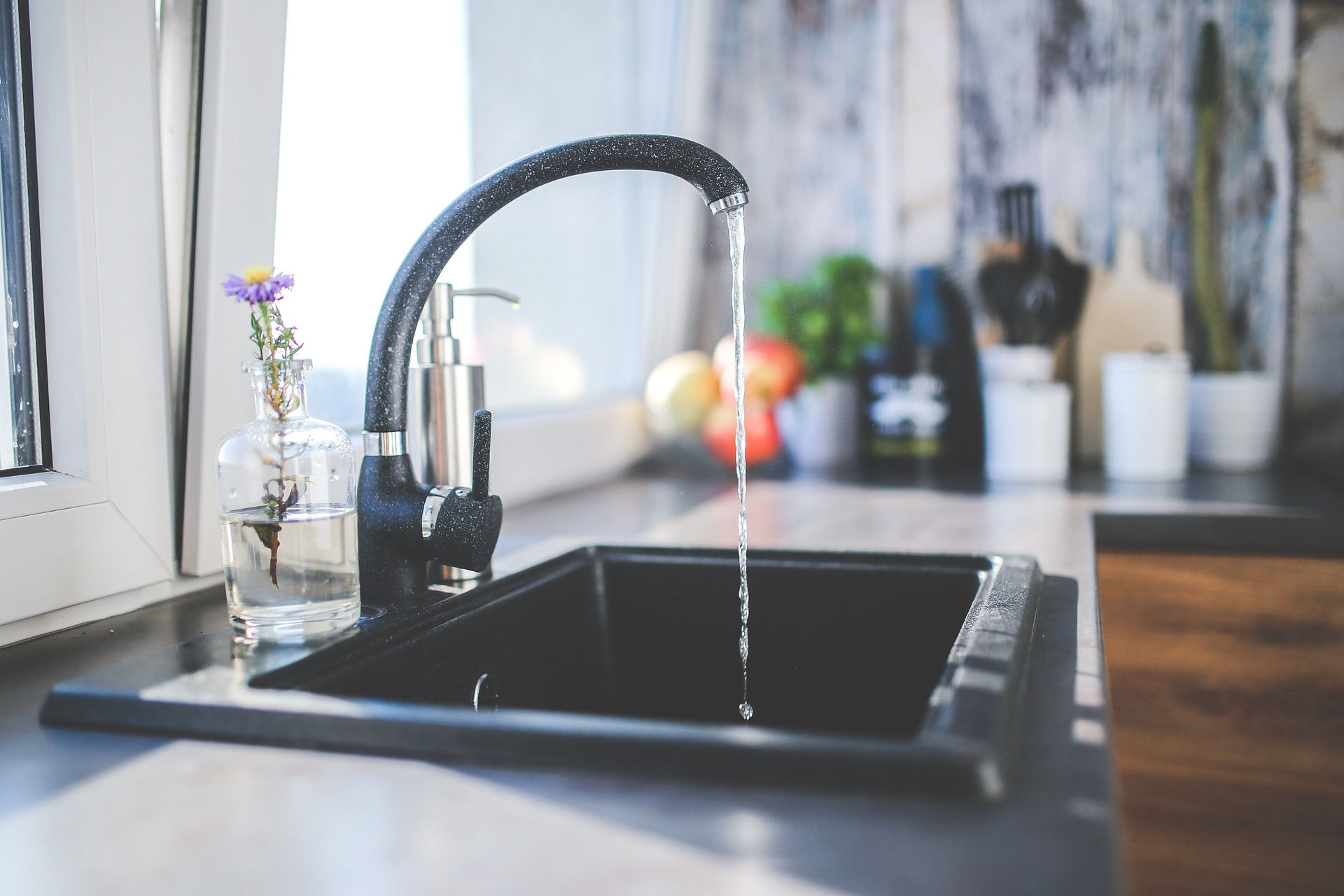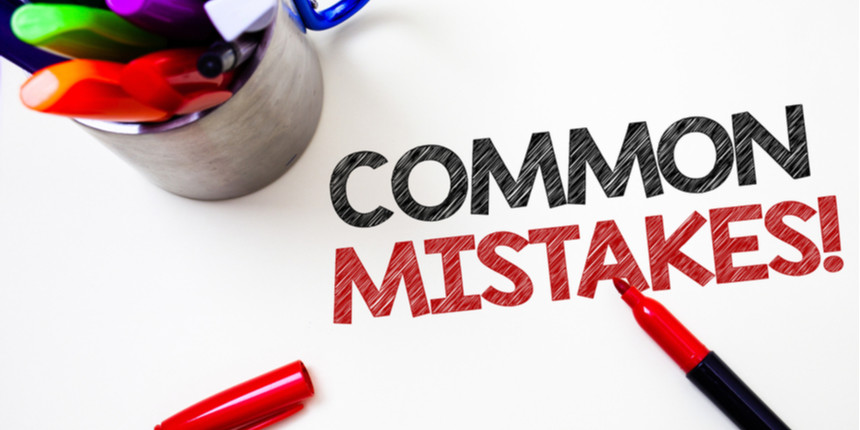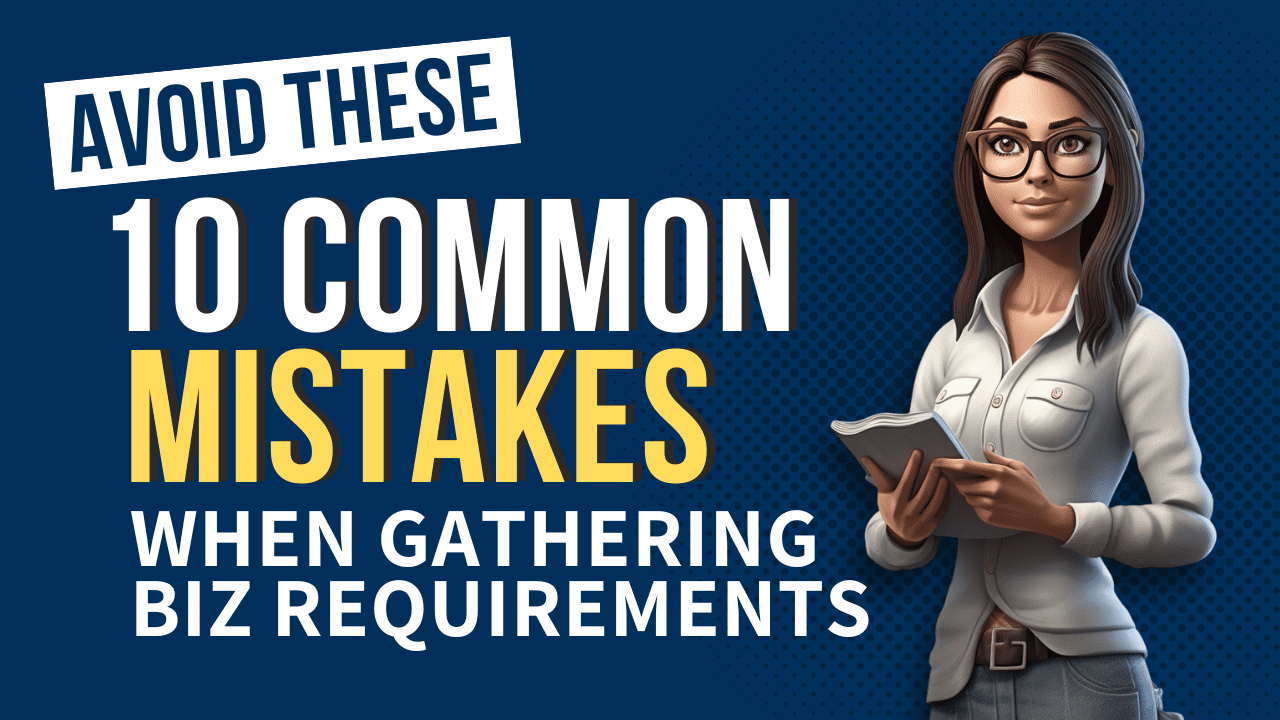Are you looking to upgrade your kitchen faucet? Installing a new faucet can be a great way to give your kitchen a fresh look and improve functionality. Before you start, it's important to know the right steps for installation to ensure a successful and smooth process. Kitchen faucet installation requires a few basic tools such as a wrench, adjustable pliers, and plumber's tape. Make sure to read the manufacturer's instructions carefully before beginning and turn off the water supply to your sink before starting the installation process. Once you have everything you need, it's time to get started. First, remove the old faucet by unscrewing the nuts that hold it in place. Then, clean the area where the old faucet was attached to ensure a clean surface for the new one. Next, assemble the new faucet according to the manufacturer's instructions. This may involve attaching the handles, spout, and other components. Once assembled, place the faucet in the desired location on your sink and secure it with the mounting hardware provided. Finally, connect the water supply lines to the corresponding hot and cold valves and turn the water supply back on. Check for any leaks and if everything looks good, you're all set! Your new kitchen faucet is now ready to use.1. How to Install a Kitchen Faucet
When designing or remodeling your kitchen, one of the most important decisions to make is where to place your kitchen sink. The kitchen sink is a central feature of any kitchen, used for food preparation, washing dishes, and more. It's important to carefully consider the location of your sink to ensure it is both functional and aesthetically pleasing. One factor to consider when choosing a location for your kitchen sink is proximity to other work areas. Your sink should be located near your stove, refrigerator, and any other areas where you will be doing food preparation. This will make it easier to move between tasks and save time and effort in the kitchen. Natural light is also an important consideration when choosing a location for your kitchen sink. Placing it near a window can provide ample natural light for tasks such as washing dishes and food prep. It can also make the kitchen feel brighter and more open. Plumbing considerations are another crucial factor in choosing the location of your kitchen sink. The sink should be close to your existing plumbing to avoid costly and time-consuming renovations. It's also important to consider the placement of pipes and drainage to ensure they do not interfere with cabinet or drawer space. Ultimately, the layout and size of your kitchen will also play a role in determining the best location for your sink. Consider the flow of your kitchen and where the sink will fit in best. With careful consideration and planning, you can choose the perfect location for your kitchen sink that meets both your functional and aesthetic needs.2. Choosing the Right Location for Your Kitchen Sink
The placement of your kitchen sink and faucet is a crucial aspect of kitchen design. Not only does it impact the functionality of your kitchen, but it also plays a major role in the overall look and feel of the space. Here are some important factors to consider when placing your sink and faucet in your kitchen design. Functionality should be the top priority when determining the location of your sink and faucet. As mentioned before, they should be placed near other work areas for ease of use. It's also important to consider the size and depth of your sink to accommodate your cooking and cleaning needs. Style and aesthetics are also important factors to consider when placing your sink and faucet. They should complement the overall design and style of your kitchen. For example, a farmhouse sink and traditional-style faucet may look out of place in a modern, minimalist kitchen. Space constraints should also be taken into account when placing your sink and faucet. If you have a small kitchen, a corner sink may be a better option to maximize space. Alternatively, a large kitchen with an island may benefit from a double sink for added functionality. Ultimately, the placement of your sink and faucet should be a balance between functionality, style, and space constraints. Consider all these factors when designing your kitchen to create a space that is both beautiful and functional.3. Sink and Faucet Placement in Kitchen Design
If you're planning to install a new kitchen sink in a different location than your current one, there are a few important things to keep in mind. Here are some helpful tips to ensure a successful installation process. Measure carefully before cutting any holes or making any changes to your kitchen. You want to make sure the sink will fit in the new location and that there is enough space for the plumbing and drainage. When cutting holes for your sink, be sure to use the appropriate tools and follow the manufacturer's instructions. This will ensure a clean and precise cut that will fit your sink perfectly. Before installing the sink, make sure the area is clean and free of any debris or old caulk. This will ensure a secure and leak-free installation. Connect the plumbing carefully and ensure all connections are tight to avoid any leaks. It's also a good idea to test the water flow to make sure everything is working properly before using the sink. Finally, seal the sink with caulk to prevent any water from leaking into the cabinets or countertop. This will also give your sink a clean and finished look.4. Tips for Installing a Kitchen Sink in a New Location
Replacing a kitchen faucet can be a simple and cost-effective way to update the look of your kitchen. If you're looking to replace your old kitchen faucet with a new one, here are the steps to follow. First, remove the old faucet by turning off the water supply and detaching the supply lines and mounting hardware. Then, clean the area where the old faucet was attached to ensure a clean surface for the new one. Next, assemble the new faucet according to the manufacturer's instructions. This may involve attaching the handles, spout, and other components. Once assembled, place the faucet in the desired location on your sink and secure it with the mounting hardware provided. Finally, connect the water supply lines to the corresponding hot and cold valves and turn the water supply back on. Check for any leaks and if everything looks good, you're all set! Your new kitchen faucet is now ready to use.5. How to Replace a Kitchen Faucet
If you're planning to remodel your kitchen, don't overlook the importance of proper sink and faucet placement. These two features are essential in any kitchen and their placement can greatly impact the functionality and overall design of the space. During a kitchen remodel, consider the layout of your kitchen and how the sink and faucet will fit into the space. This will ensure that they are in a convenient location for your daily tasks. Proper placement of the sink is also important for plumbing and drainage purposes. Working with a professional can help ensure that the sink is placed in a location that maximizes space and works well with your kitchen's layout. When it comes to faucet placement, consider the style and height of the faucet and how it will fit with your sink. A high-arc faucet may not work well with a shallow sink, for example. Functionality should also be taken into account, as you want the faucet to be easily accessible for everyday use. Overall, proper sink and faucet placement are crucial in kitchen remodeling to create a space that is both functional and visually appealing. Consider all aspects carefully to achieve the best results.6. The Importance of Proper Sink and Faucet Placement in Kitchen Remodeling
A leaky kitchen faucet is not only annoying, but it can also waste a significant amount of water and lead to higher water bills. If you have a leaky faucet, here's how to fix it. First, turn off the water supply to the faucet. Then, dismantle the faucet by removing the handles and other components. Inspect the parts and replace any damaged or worn out pieces. If the faucet is still leaking after replacing the parts, clean the aerator by soaking it in vinegar to remove any mineral deposits that may be causing the leak. Once the aerator is cleaned, reassemble the faucet and turn the water supply back on. If the leak persists, it may be a sign of a more serious issue and you may need to call a professional plumber for further assistance.7. How to Fix a Leaky Kitchen Faucet
When it comes to choosing the best location for a kitchen sink, there is no one-size-fits-all answer. The location of your kitchen sink will depend on various factors, such as the size and layout of your kitchen, personal preference, and functionality. For most homes, the kitchen sink is usually located beneath a window. This provides natural light and a nice view while doing dishes. However, if your kitchen doesn't have a window, placing the sink in the center of an island or in a corner can also be a great option. The layout of your kitchen will also play a role in determining the best location for your sink. For example, a large kitchen with an open floor plan may benefit from a sink placed on a kitchen island to create a more functional and social space. Ultimately, the best location for a kitchen sink will depend on your personal preferences, the layout of your kitchen, and the overall design of your home. Consider all these factors carefully to choose the perfect location for your kitchen sink.8. The Best Location for a Kitchen Sink in Your Home
Choosing the right kitchen faucet for your sink is essential in creating a functional and visually appealing kitchen. With so many options available, it can be overwhelming to make a decision. Here are some tips to help you choose the right faucet for your sink. First, consider the style of your kitchen. Is it modern, traditional, or somewhere in between? The style of your kitchen can help determine the style of faucet that will work best. Next, consider the size and layout of your sink. A large sink may benefit from a high-arc faucet for added functionality, while a small sink may look better with a low-profile faucet. Functionality is also important to consider. Do you want a faucet with a pull-out sprayer or a separate side sprayer? Do you want a single or double handle faucet? Think about your daily tasks and choose a faucet that will make them easier. Finally, set a budget before shopping for a faucet. This will help narrow down your options and prevent overspending. With careful consideration and research, you can choose the perfect faucet for your kitchen sink.9. How to Choose the Right Kitchen Faucet for Your Sink
Installing a new kitchen faucet and sink can be a DIY project for some homeowners, but it's important to avoid common mistakes to ensure a successful installation process. Here are some mistakes to avoid when installing a kitchen faucet and sink. Not turning off the water supply before starting the installation process can lead to a big mess and potential damage to your kitchen. Make sure to turn off the water supply before beginning any work. Not properly measuring and planning before cutting holes and making changes to your kitchen can lead to costly mistakes. Make sure to measure carefully and plan out the placement of your sink and faucet beforehand. Not using the right tools can lead to frustration and potential damage to your new faucet and sink. Make sure to use the appropriate tools and follow the manufacturer's instructions for installation. Not checking for leaks after installation can lead to costly repairs down the line. Make sure to carefully check for any leaks before using your new sink and faucet. By avoiding these common mistakes, you can ensure a successful and stress-free installation process for your new kitchen faucet and sink.10. Common Mistakes to Avoid When Installing a Kitchen Faucet and Sink
Kitchen Faucet Location: The Key to a Functional and Stylish Sink

Maximizing Space and Efficiency
 When designing a kitchen, one of the most important elements to consider is the
kitchen faucet location
. This seemingly small detail can greatly impact the overall functionality and style of your sink. Not only does it affect the flow and ease of use in your daily tasks, but it also plays a significant role in maximizing the space in your kitchen.
When designing a kitchen, one of the most important elements to consider is the
kitchen faucet location
. This seemingly small detail can greatly impact the overall functionality and style of your sink. Not only does it affect the flow and ease of use in your daily tasks, but it also plays a significant role in maximizing the space in your kitchen.
Strategic Placement for Optimal Use
 The
kitchen faucet
is the primary source of water in the sink, making it essential to have it placed in a convenient and accessible spot. It should be positioned in a way that allows for easy access to all areas of the sink, especially when washing larger dishes or pots. This also means considering the size and shape of the faucet itself, as a bulky or high-rise faucet may cause difficulties in maneuvering around the sink.
The
kitchen faucet
is the primary source of water in the sink, making it essential to have it placed in a convenient and accessible spot. It should be positioned in a way that allows for easy access to all areas of the sink, especially when washing larger dishes or pots. This also means considering the size and shape of the faucet itself, as a bulky or high-rise faucet may cause difficulties in maneuvering around the sink.
Complementing the Overall Design
 Aside from functionality, the
kitchen faucet location
also plays a crucial role in the overall aesthetic of your kitchen. It should complement the design and style of your sink and surrounding countertops. For instance, a modern and sleek faucet would look out of place in a traditional farmhouse-style kitchen. It is important to choose a location that not only makes sense in terms of use but also adds to the overall visual appeal of the space.
Aside from functionality, the
kitchen faucet location
also plays a crucial role in the overall aesthetic of your kitchen. It should complement the design and style of your sink and surrounding countertops. For instance, a modern and sleek faucet would look out of place in a traditional farmhouse-style kitchen. It is important to choose a location that not only makes sense in terms of use but also adds to the overall visual appeal of the space.
Considering Other Fixtures and Features
 When deciding on the
kitchen faucet location
, it is also important to take into account other fixtures and features in the kitchen. This includes the placement of the stovetop, dishwasher, and any other appliances or cabinets that may affect the flow and movement in the space. It is essential to create a cohesive and efficient layout that allows for seamless transitions between tasks.
When deciding on the
kitchen faucet location
, it is also important to take into account other fixtures and features in the kitchen. This includes the placement of the stovetop, dishwasher, and any other appliances or cabinets that may affect the flow and movement in the space. It is essential to create a cohesive and efficient layout that allows for seamless transitions between tasks.
Conclusion
 In conclusion, the
kitchen faucet location
is a crucial aspect to consider when designing your kitchen. It affects not only the functionality and efficiency of your sink but also the overall style and flow of the space. By strategically placing the faucet in a convenient and visually appealing spot, you can create a functional and beautiful kitchen that meets all your needs. So, the next time you are designing a kitchen, don't overlook the importance of the
kitchen faucet location
.
In conclusion, the
kitchen faucet location
is a crucial aspect to consider when designing your kitchen. It affects not only the functionality and efficiency of your sink but also the overall style and flow of the space. By strategically placing the faucet in a convenient and visually appealing spot, you can create a functional and beautiful kitchen that meets all your needs. So, the next time you are designing a kitchen, don't overlook the importance of the
kitchen faucet location
.



























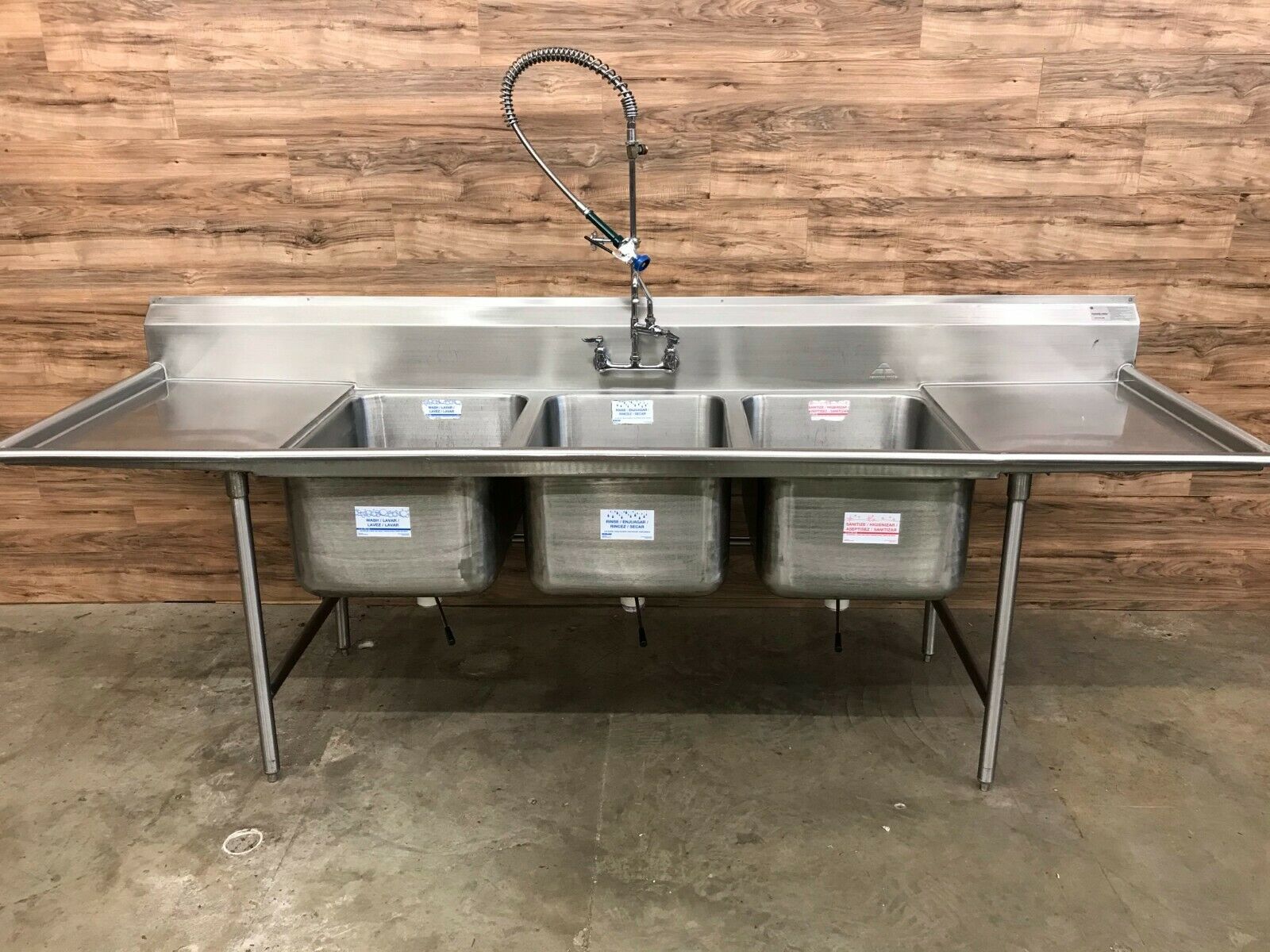






















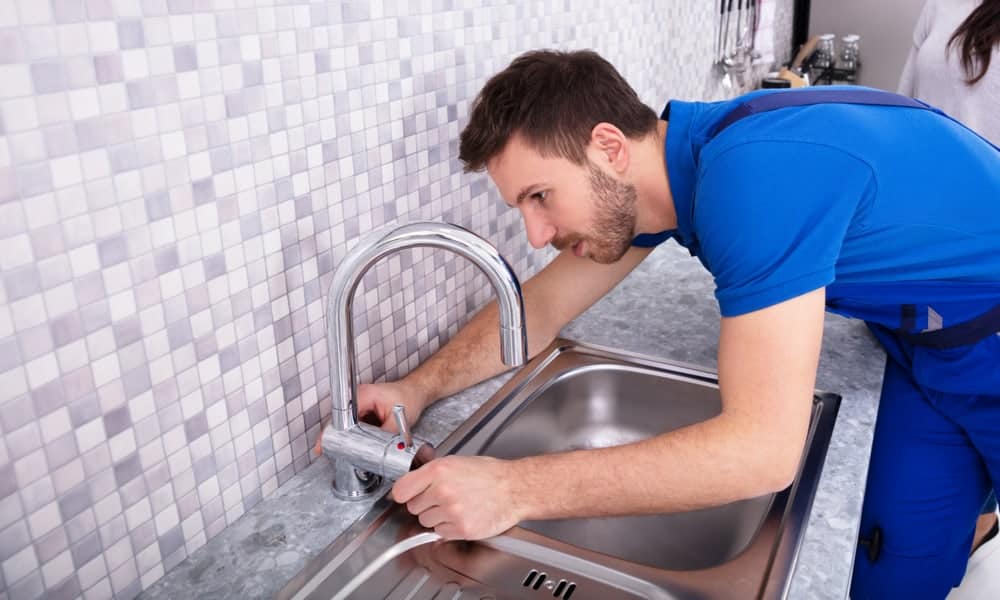



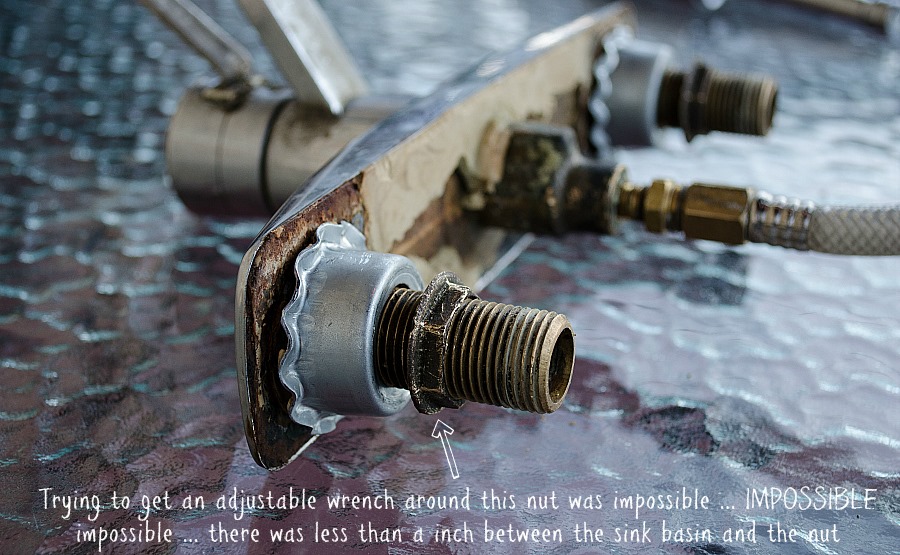
_CatalogRender.png)






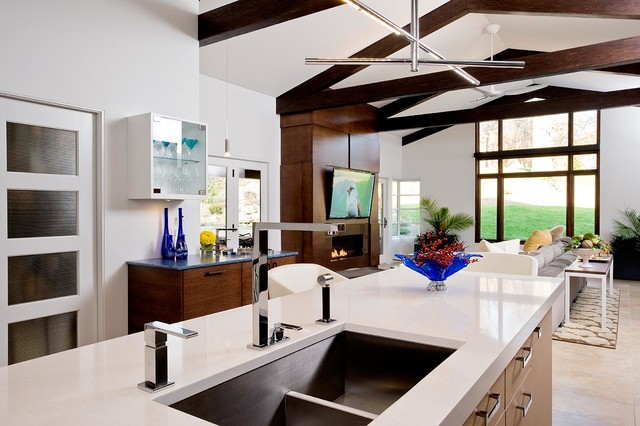

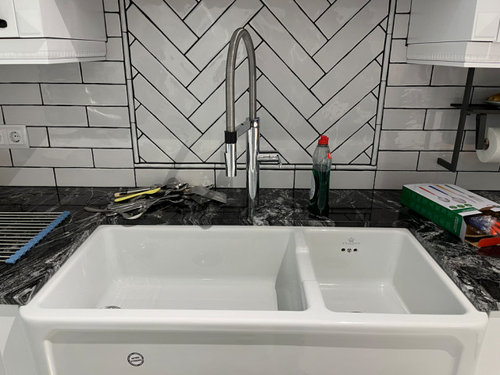




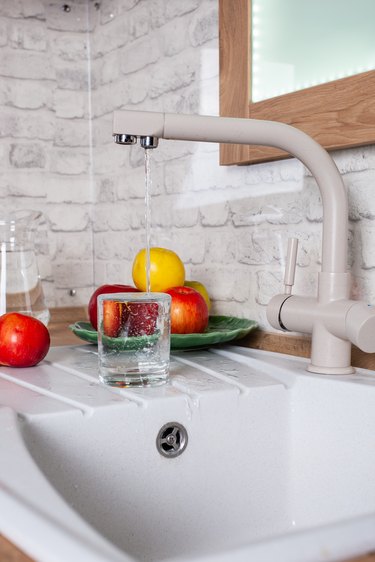



















/header-16x19-image-640w-853h.jpg)



